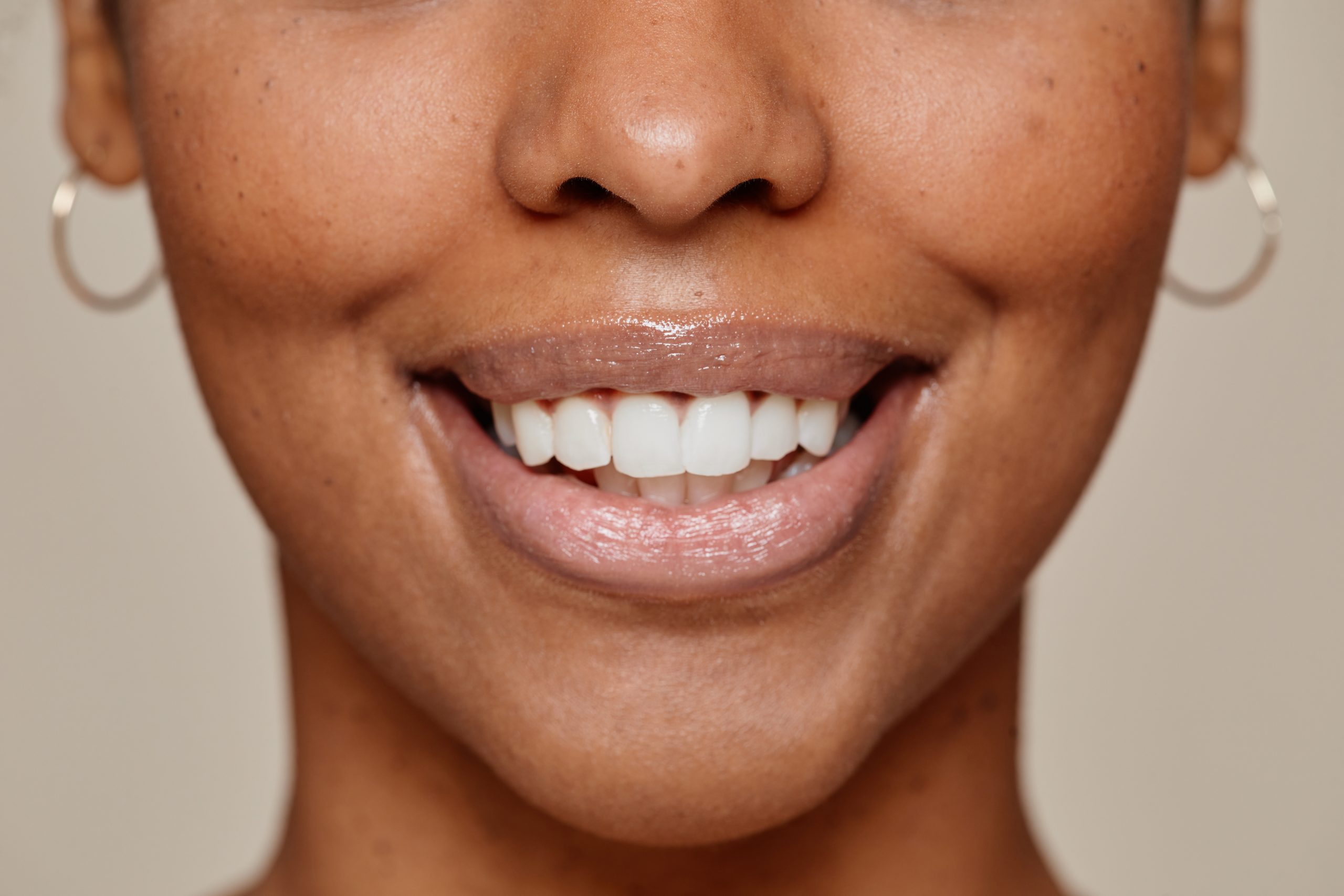How to Brush and Floss Your Teeth with Braces
Before brushing your teeth at night, floss carefully along and under the gum lines. Flossing dislodges food deposits that can breed bacteria and decay. With braces, there’s more territory to floss, but a reusable floss threader can make it easier to pull floss underneath your arch wire.
Before brushing, select a toothbrush with soft bristles. Toothbrushes designed for braces are contoured with a channel cut out so the bristles in the center are shorter, allowing you to brush your teeth and braces simultaneously. Electric toothbrushes also have an orthodontic head. Brushing on an angle helps to clean above and below the wires.
A proxy brush is another aid in cleaning between the braces, especially after meals. It’s important to rinse and brush every surface of your braces and teeth: front, sides, and backs. Gently brush your gums, tongue, and the roof of your mouth as well. Allow the brush to do the work, and carefully examine your teeth and braces to make sure every surface is spotless. Call your orthodontist right away if you find loose or broken brackets.
Now that your teeth are straight, how do you keep them straight?
Simply use the retainer your orthodontist provided after your braces have been removed. Retainers keep teeth from drifting and allow bone to rebuild. Retainers may be removable (worn when you go to bed) or fixed (bonded behind the teeth).
Teeth have memory and want to go back to their original positions. It’s recommended that retainers be worn for as long as you’d like your teeth to remain straight. The most common retention protocol is six months full time, followed by nighttime wear for life.
In other words, wear your retainer!








